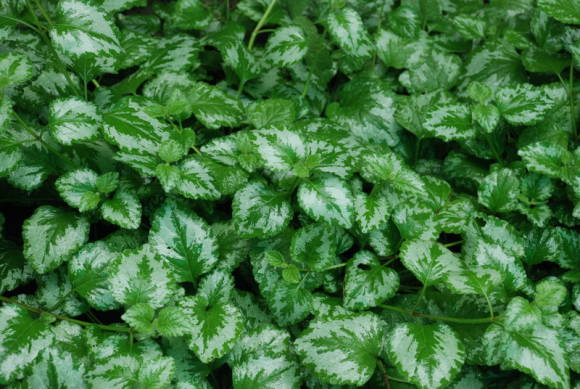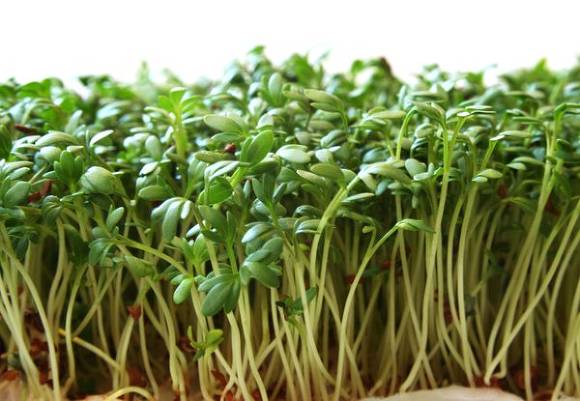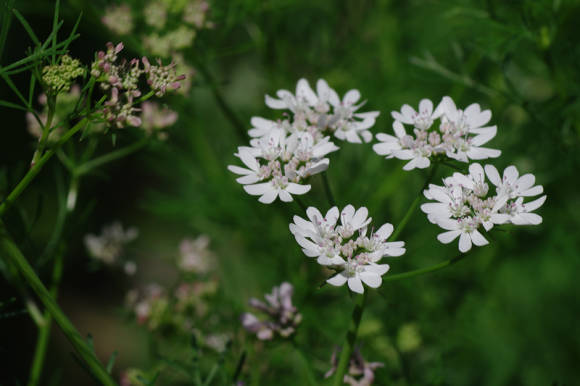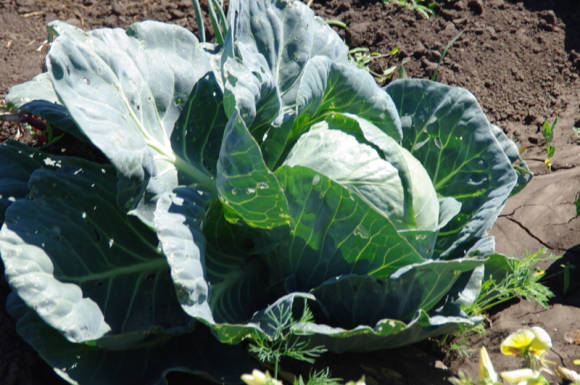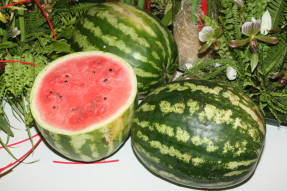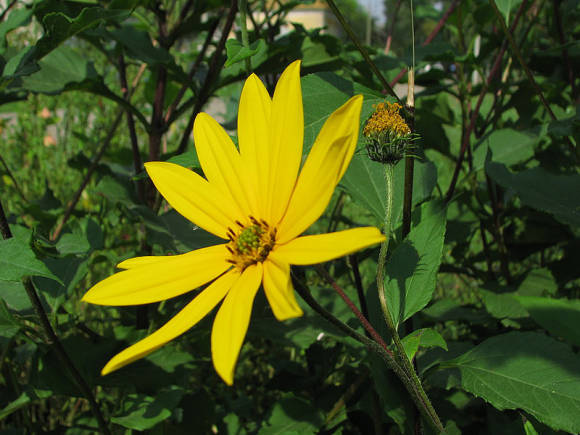Who among us would not like to have a beautiful blooming garden without spending a lot of time on it? But is it possible? Let's try to answer this question by considering the most labor-consuming elements of the garden.
Let's start with the lawn. This is a very tidy part of the garden. Firstly, weeds should not grow on a real lawn, and secondly, it must be mowed weekly, and after mowing it should be watered, at least in spring. And on light soils and several more times in the summer, it needs to be fertilized. Is there a way to minimize lawn maintenance? Yes. Create a lawn or a clover lawn. A meadow is a symbiosis of herbs that grow in a given area. If you start mowing it every 10-14 days, then it will acquire a cropped green look so dear to our hearts. The meadow is not picky about watering and fertilizing, by the way, and in the spring it comes to its senses much faster than our pampered lawn treasure. Instead of a real lawn, you can plant a clover lawn, it is also good and at the same time undemanding and unpretentious. In very dry or very wet, as well as shady places, it will not work to grow a lawn, it is better to use ground cover plants here, remember only that you cannot walk on them.
 |  |
If you have a large lawn, you may not be able to mow it completely, but only in the places where you walk. This will not only shorten the mowing time, but also make the garden more romantic. This technique has been used for a long time in England, here it is just beginning to come into use. In those places that will not be mowed weekly, you can plant bulbous and small-bulbous ones - in the spring they will flourish, then their foliage will turn yellow among the grass, and only then this place can be mowed, for example, once a month.
Another alternative to the lawn is gravel. I love this wonderful material in the garden, but it must be laid according to all the rules, be sure to put geotextiles or lutrasil under the gravel.
The paths in the garden of minimal maintenance must be paved, their area must be sufficient, but not excessive.
What kind of plants should you use in your minimum maintenance garden? First of all, it should be trees and shrubs. Even for our difficult climate, there are enough very beautiful ornamental shrubs and trees that are consistently ornamental and practically do not require maintenance throughout the season. These are, for example, species and varietal spruces, pines, thujas, willows, maples, barberries, spireas, bladders, derens, honeysuckle, elderberries, as well as fruit trees and shrubs.
What perennials can be used in a low-maintenance garden? These are those plants that are decorative throughout the season and do not require frequent divisions and transplants. For a low-maintenance garden, hosts, incense, peonies, daylilies, astilbe, lungwort, ferns and many others are suitable, their range is wide enough. These wonderful compositions are virtually maintenance free.
 |  |
Plants with the same requirements for illumination, moisture, acidity and soil fertility should be selected in one composition. This seemingly obvious rule is often violated, plants suffer, they have to be treated and replaced. For a low-maintenance garden, it is advisable to use specific plants or old proven varieties, whimsical novelties should be avoided.
To reduce the time for gardening, it is important to rationally plan the planting so that the plants grow not one by one on the lawn, but in compact groups. They not only look more interesting, but are more technologically advanced in care. Be sure to mulch the plantings, this gives them a more interesting look, reduces the time for weeding, and creates more comfortable living conditions for the plants.
It is very important to think about how to fix the border between the lawn and the mixborder, for example, with tiles or curbstones, this will eliminate the operation of trimming the edge. In the photo, the border between the mixborder and the lawn is fixed with two rows of paving stones. To reduce the time of caring for the garden on the shoulder of a thinking gardener, if he sets himself such a goal.
 |  |
Is it possible for a working person or not very young and healthy person to have a wonderful garden? Of course, yes. It is only necessary to plan it intelligently and plant in the right places wonderful and problem-free plants that do not require too tedious maintenance. If you do everything right, then caring for the garden will bring only positive emotions, not to mention the joy at the sight of beautiful and healthy shrubs and perennials.

